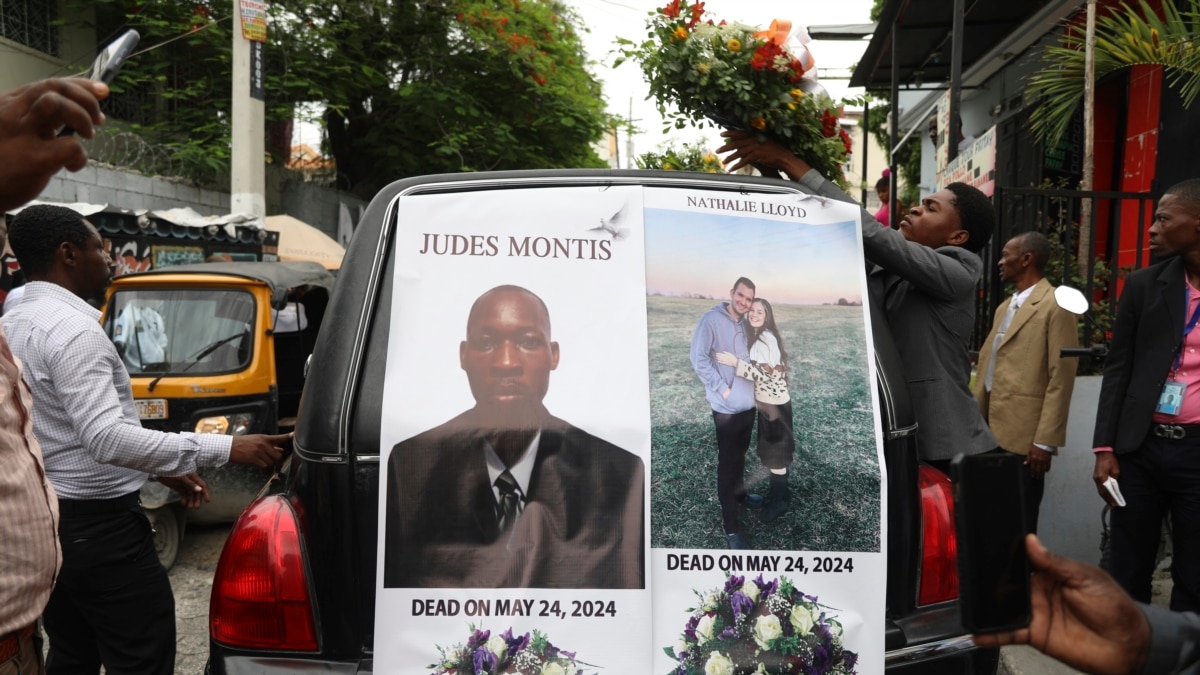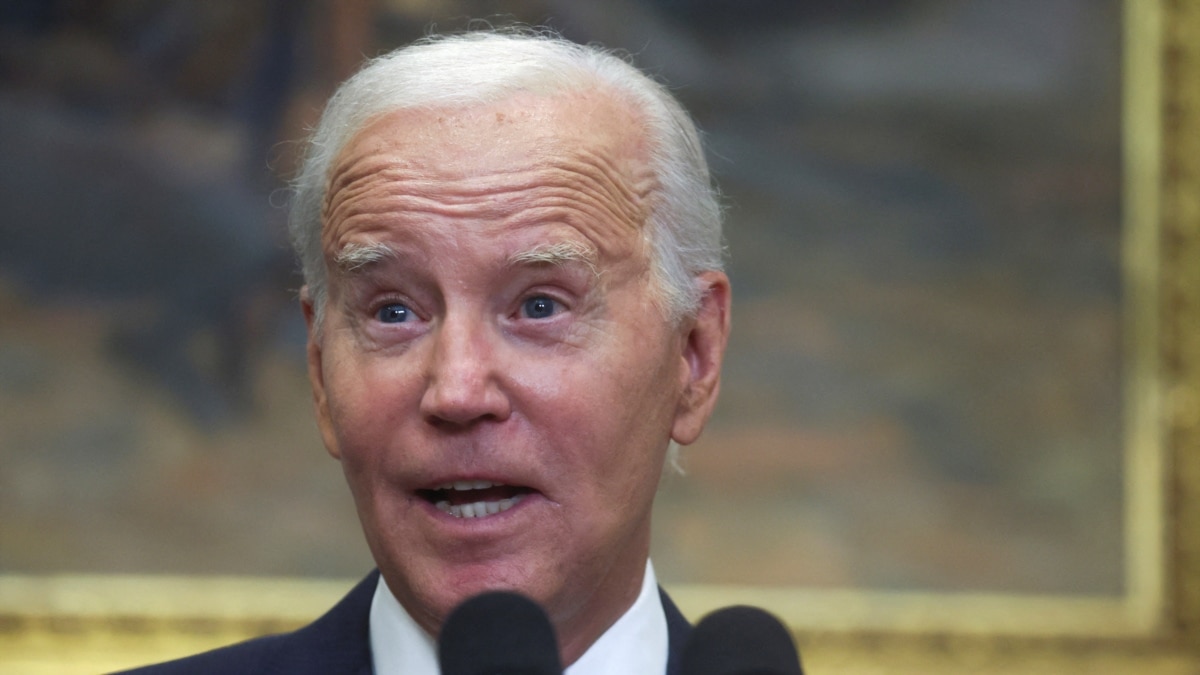Related media – Recent news
A Russian missile attack on Ukraine’s largest children’s hospital on Monday underscored the escalation of attacks on medical facilities, vehicles and workers in the country. The incident is in line with World Health Organization (WHO) data indicating a potential increase in Ukrainian casualties from such attacks in 2024 compared to the previous year.
Before the attack on Ohmatdyt Children’s Hospital in Kyiv, WHO had reported 18 deaths and 81 injuries from more than 175 attacks on health infrastructure in Ukraine during the first half of 2024. In addition, 44 attacks on medical vehicles were recorded. In 2023, WHO documented 22 deaths and 117 injuries from 350 attacks on health facilities and 45 attacks on medical vehicles. Some organizations estimate even higher casualty numbers.
Monday’s attack left at least one doctor and another adult dead, with at least 10 others, including seven children, wounded. The attack, part of a broader Russian-led offensive, killed at least 38 people across the country, including 27 in Kiev, according to local officials.
Under Article 18 of the Geneva Convention, attacks on civilian hospitals are prohibited, and Article 20 requires the protection of medical workers by all parties to the conflict. Despite these protections, experts say Russia has repeatedly targeted Ukrainian medical infrastructure, actions some consider war crimes.
In response to Monday’s attack, the Russian Defense Ministry denied targeting civilians. However, video footage verified by The New York Times showed a missile hitting the hospital at high speed.
Christian De Vos, a lawyer and research director at Physicians for Human Rights, noted that international courts have yet to see a case that focuses primarily on attacks on healthcare infrastructure. He stressed that such attacks target the most vulnerable and place a strain on Ukraine’s already overburdened healthcare system.
Hospitals and medical facilities are protected under international humanitarian law to ensure that civilians receive the care they need, De Vos explained. WHO defines an attack on health infrastructure as any act or threat of violence that disrupts the availability, access, or delivery of health services. Their data includes confirmed and probable attacks, based on witness accounts or secondary confirmations.
Attacks on hospitals and health workers in conflict zones are on the rise globally. In Ukraine, emergency workers are not surprised by the trend. Christopher Stokes, emergency coordinator for Doctors Without Borders in Ukraine, said the ongoing nature of the war forces a constant reassessment of areas of operation, often leading to withdrawals from high-risk zones. Earlier this year, efforts to establish an emergency room in the Kherson region were abandoned after repeated shelling.
Hospitals are taking precautions, such as covering windows with sandbags and moving patients and operating rooms to lower floors to minimize the risk of strikes. Despite these measures, the safety of these facilities remains questionable.
Uliana Poltavets, emergency response coordinator for Physicians for Human Rights, heard the explosion during Monday’s strike in Kiev. She described it as part of a continuing “pattern of violence” since the war began in February 2022. The conflict, which began with an attack on a maternity home in Mariupol, is now in its third year, with children increasingly becoming targets.
News of interest – Featured Contributors






